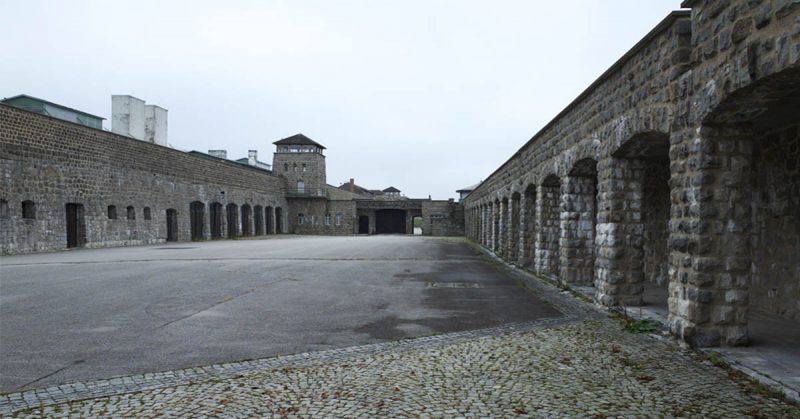In August 1938, 20 kilometers from the Austrian city of Linz, construction of a concentration camp called “Mauthausen” began and it was first in the Ostmark.
Mauthausen became a concentration camp of the third category in the walls of which the most dangerous and incorrigible prisoners for Germany were kept. This camp had 49 branches. During its existence, more than 122 thousand people died at the site.
Block of Death
Inside Mauthausen, there was a special Block, designated as “K” or Block No. 20, intended for the most dangerous prisoners. The letter “K” in the name meant that all prisoners of this block were subject to immediate liquidation.
In it were placed Soviet officers who were convicted of espionage or sabotage against the Third Reich. These prisoners became dead men walking because rarely did they survive in these conditions for more than three weeks.
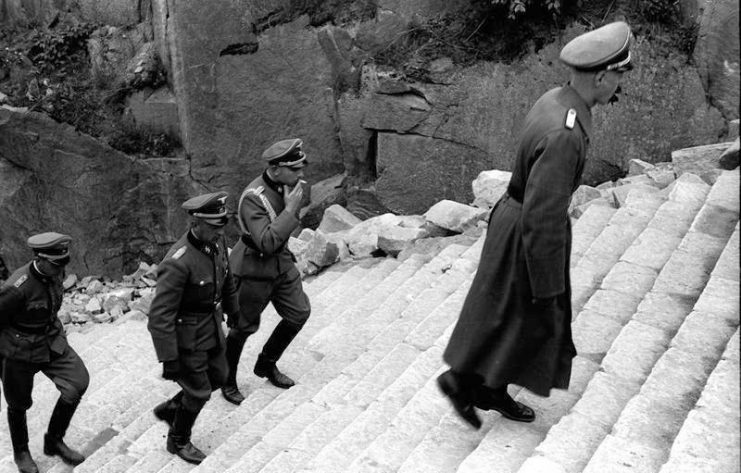
Words during the Nuremberg trial of the Spanish photographer who was in the camp of Mauthausen:
“In it were 1800 people who received less than one-quarter of that diet which we received. They had no spoons or plates. From the cauldrons, the Germans threw out the spoiled food to the prisoners directly on the snow and waited for it to freeze. After that, the Russians were ordered to rush for food …”
Built in 1944, Block No. 20 was a separate room surrounded by a high stone wall on top of which was electrified barbed wire. Soon after the construction, “Block K” received the sad name – “Block of Death.” It was also used as a training camp for SS soldiers.
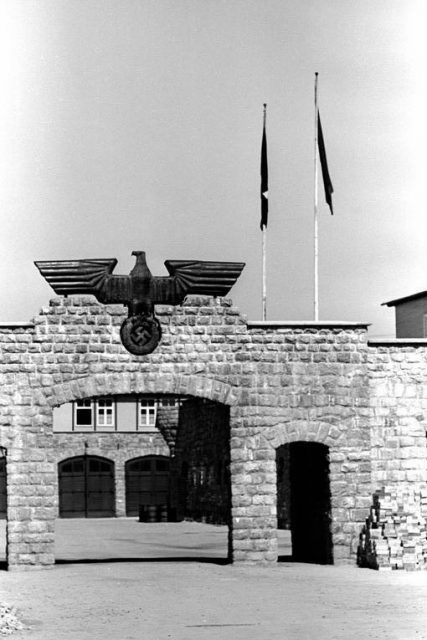
Inside the Block, there were two tanks with dirty water. The process of washing was carried out according to the following principle: Prisoners were forced to run to the tanks and splash this water in their faces. Those who did not have time or delayed, were severely beat and could killed.
The prisoners acted as living mannequins during the training of officers and soldiers of German military units. They practiced various kinds of interrogation and torture. Roughly 10 people a day died from the “training”.
From morning until late at night, prisoners from neighboring barracks heard terrifying human cries. Every morning on the cart, the Germans took out the bodies of the prisoners disfigured beyond recognition. The crematorium ovens never cooled.
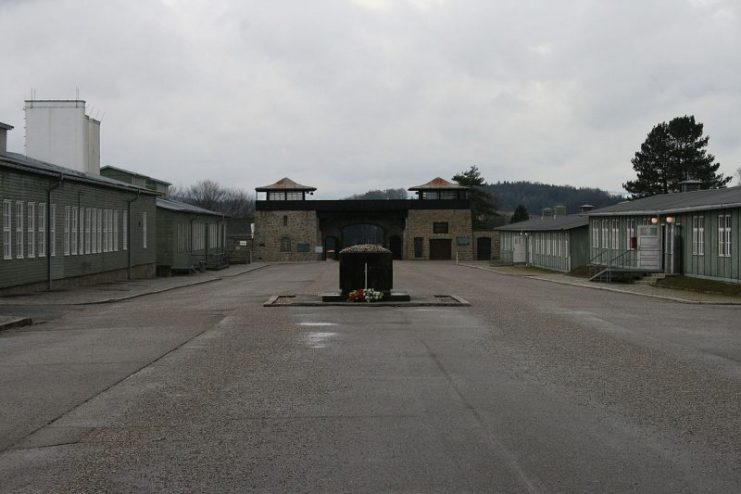
Inside Block 20 there were only two small rooms without beds in which 1,800 prisoners could hardly fit. The prisoners slept on the floor, lying on top of each other in three or even four layers. In the summer, the Germans purposefully closed all the windows and the prisoners often died from suffocation.
In winter, all the windows were removed from the barracks. Prisoners in Block №20 were never involved in work. However, in the winter they were sent outside and forced to run around in circles or crawl through the snow. Every evening the Nazis poured cold water on the floor of the barrack. In this water, prisoners died from hypothermia during sleep.
Roughly 4 to 6 thousand Soviet officers died in the Block over the course of its existence depending on varying sources. However, the Germans failed to execute everyone and continued adding more prisoners in early 1945. At the end of January 1945, about 570 people remained alive in block №20. The situation was desperate, but it was about to change.
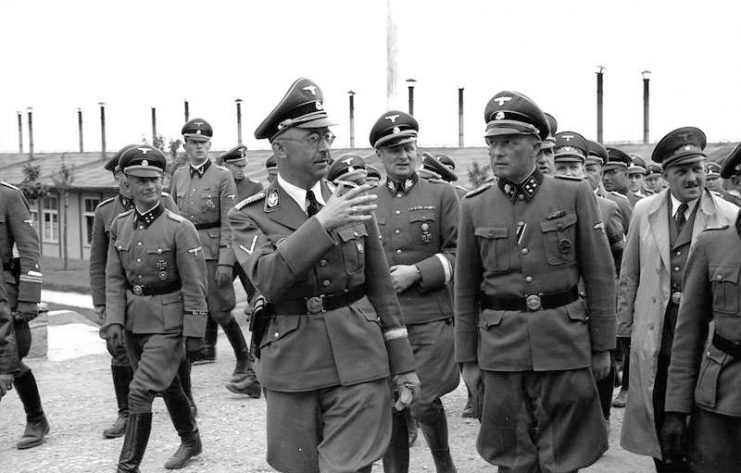
Run or Die
In January 1945, new prisoners were brought to the block. Mikhail Rybchinsky managed to survive through the hell and spoke about it later:
“We were settled in the 20th barrack … We looked – a terrible thing. There was already a committee of political instructors. We were told the situation: among us were those who recently fought at the front. We talked a lot and decided to escape …”
The prisoners united and developed a plan for escape. By that time, they had found out that the Germans were planning to completely eliminate all prisoners of Block No. 20. The escape was planned for the night from 28 to 29 January. But on January 27, the fascists suddenly forcibly took about 25 people.
As a result, it turned out that a traitor appeared in the team and told the Germans about the impending escape. All 25 people were tortured and after they were burned alive in a crematorium. This did not stop the plans, but the date of the escape was postponed for the night from 2 to 3 February.
On the night of Feb. 1, 1945, none of the remaining prisoners slept. Four assault groups were formed in advance: three groups would attack the machine-gun towers, one – if necessary, would repulse a couter-attack from the guards. Everyone prepared improvised weapons such as stones, broken pieces of a washstand and even fire extinguishers and waited for the guards to fall asleep. At about 1-2 o’clock in the morning, with shouts of “URA!” prisoners rose to escape…
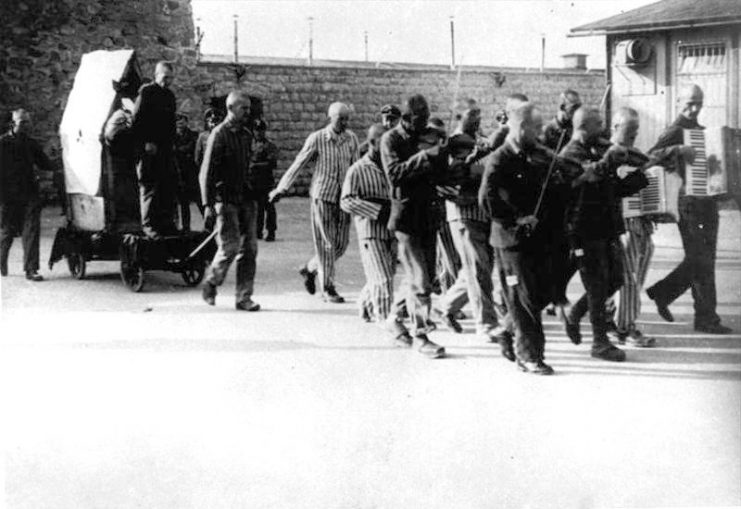
Recollection of the escape of Mikhail Ryabchinsky:
“We attacked them and strangled them with our bare hands. Next – an officer, his name I did not remember, made a speech: “It is better to die in battle than die in the camp, like the last creature. Those who did not have the strength to rise from the floor, completely undressed – they gave us the last thing they had – clothes so that after the escape we did not freeze in the winter forest…
We said goodbye to them and with a pre-prepared weapon – stones and pieces of coal – rushed to the barbed wire.”
The guards on the towers opened fire on the fugitives, but they showed strong resistance. Taking advantage of the moment, the prisoners from the assault group ascended to the machine-gun tower.
Killing a German soldier and taking control of the machine gun, they opened fire on other machine gun towers. At the same time, other prisoners took advantage of the wooden boards on the ground to short-circuit the electric wire and put a blanket over it. As a result, many prisoners managed to get to get over the wall.
After some time, a siren sounded in the camp and armed German guards stormed into Block № 20. About 70 people did not find the strength to try to escape. They were all shot on the spot. By this time, about 419 prisoners were over the wall and at large. After this, a shameful page began in the history of Austria…
Mühlviertler Hasenjagd – Hunting for Hares
In the first few hours, about a hundred prisoners died. Being in a depleted state, they were stuck in the deep snow and died from exposure. Their bodies were found about 10-15 km from the camp. However, more than 300 people managed to separate into smaller groups, escape from the pursuit and hide in the vicinity.
One of the groups destroyed a German anti-aircraft battery on its way. After killing the soldiers, they seized a gun and a truck. However, later the Germans managed to find and eliminate this group … only one man the group managed to avoid capture.
Mauthausen Commandant Franz Ziereis sent an SS brigade in search of the fugitives. Local gendarmes were instructed to send the people’s militia and the local population in search of escaped prisoners.
Local residents were told of the escape of dangerous criminals and instructed to kill them on the spot. Rewards for each kill of the escapees was offered in cash. The local population began to find and eliminate the fugitives. They enthusiastically organized a massacre and received money for it.
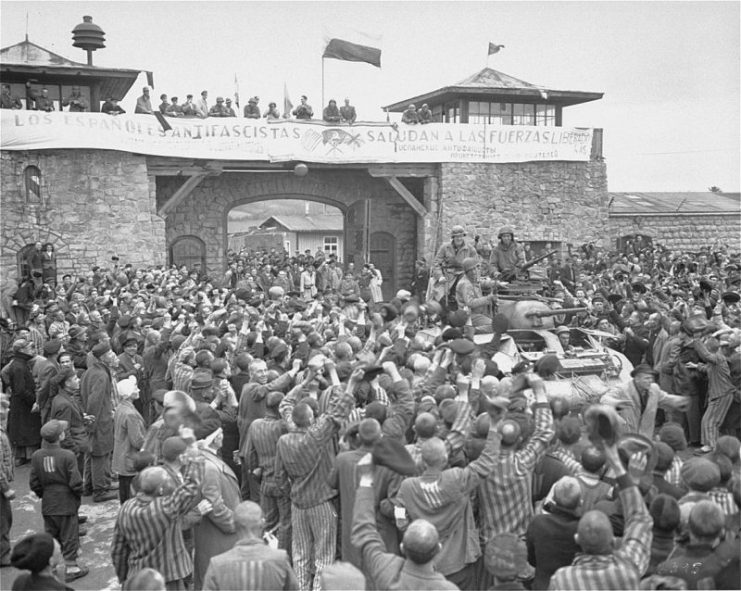
Extract from the archive of Mauthausen:
“Corpses stayed where people were killed. The guts and genitals were on display … A farmer lived in Lem-villa, whose wife heard a rustling sound in the stable for goats in the evening. She led her husband, who pulled the fugitive out of his hiding place. The farmer immediately struck the man with a knife in the neck and blood rushed from the wound. The farmer’s wife jumped to the dying man and gave him another slap before his death …”
“Hunters of people” did not spend their bullets and killed fugitives with improvised tools – pitchforks, axes, and knives. The corpses were taken to the village of Reed in der Ridmarkt. There they were dumped in a heap next to the local school.
The Germans conducted a thorough count of all the dead. Three weeks later, the German command confirmed that all the fugitives had been killed. However, this was not accurate.
19 or 20 prisoners survived the escape according to various sources. For 92 days, an Austrian peasant named Langtaler hid two fugitives in her village. At the same time, her two sons were at war fighting for the Wehrmacht.
Want to become a trivia master? Sign up for our War History Fact of the Day newsletter!
In 1994, director Andreas Gruber launched a feature film dedicated to these tragic events entitled “Hunting for Hares”. The film became popular in 1994-1995 and received an award in Austria. In May 2001, in the Reed community, on the initiative of the Socialist Youth of Austria, a memorial stele dedicated to this tragedy was established.
